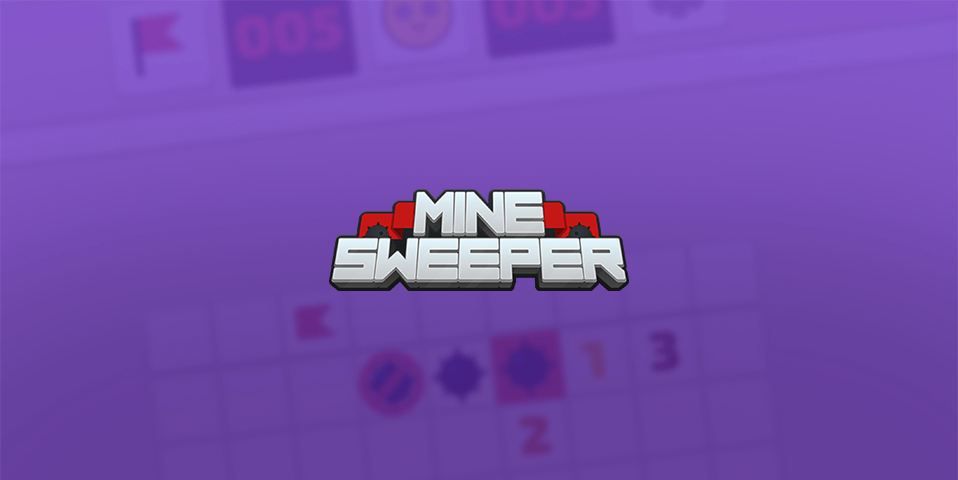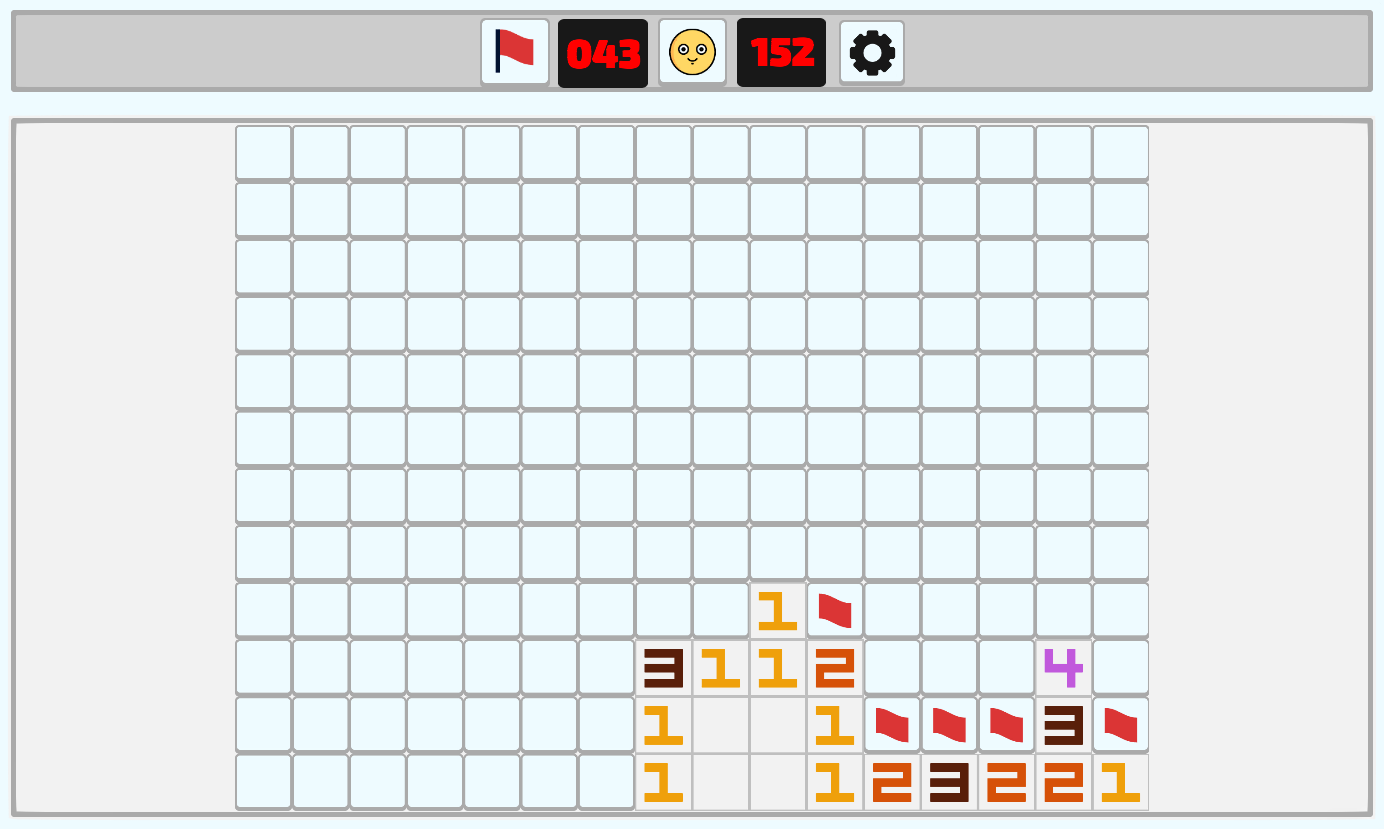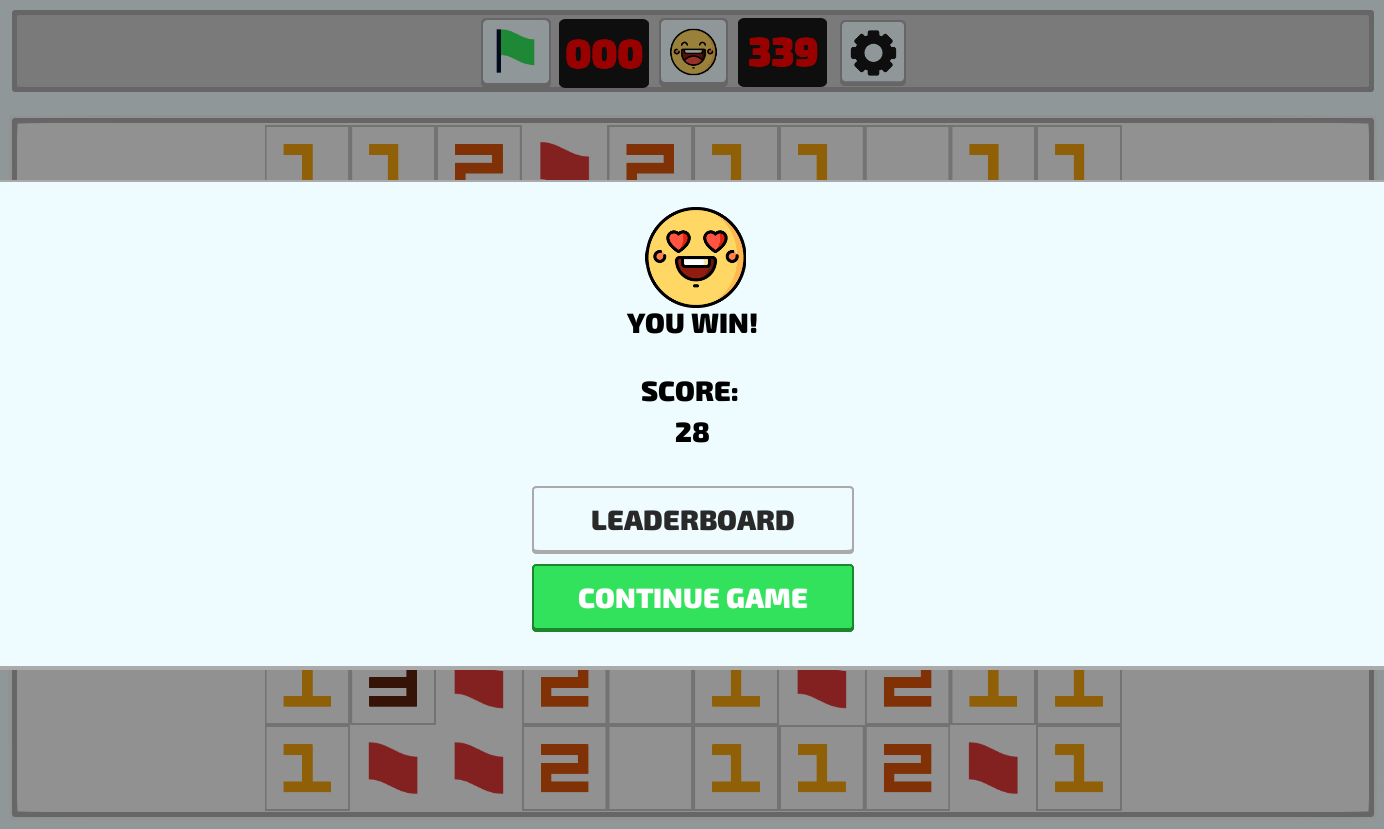Minesweeper Pattern Guide: Tips to Improve Your Game

Minesweeper isn’t just about luck — it’s a game of logic and pattern recognition. Understanding common patterns can drastically improve your gameplay, reducing unnecessary guesses and helping you solve puzzles faster. This guide covers essential mechanics and patterns to level up your Minesweeper skills.
Mechanics of Minesweeper
You should know these minesweeper mechanics to improve your skills:
Flagging
Start by flagging high-confidence mines — those you can logically confirm based on adjacent numbers. Instead of randomly placing flags, use them strategically to mark mine locations and clear safe spaces.
- Flags aren’t just for marking mines — they help create safe zones.
- When a number is surrounded by the exact number of flags it indicates, the remaining adjacent squares are guaranteed to be safe.
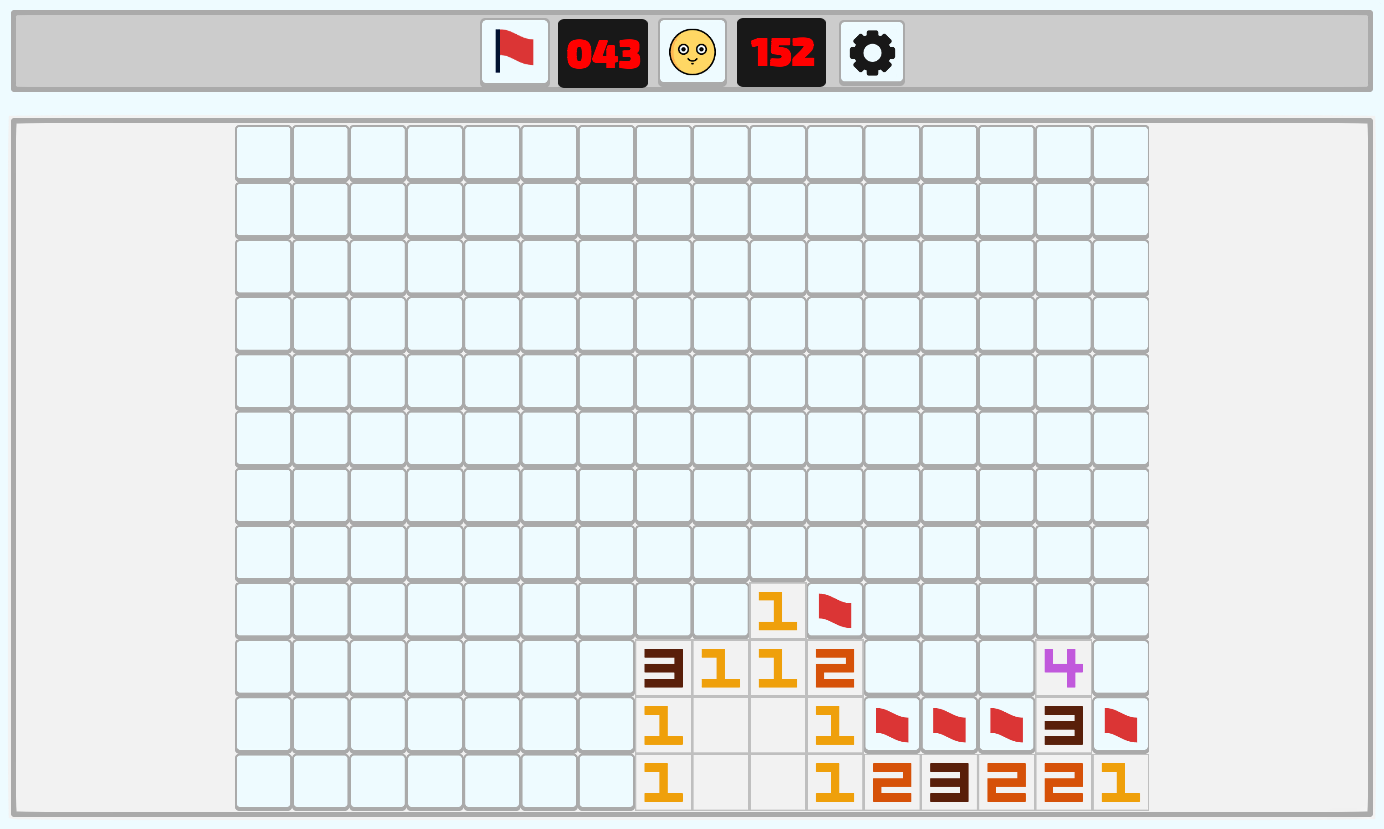
With practice, you’ll develop an intuitive sense of when and where to flag efficiently.
Safe Zones
Flags help define dangerous areas, allowing you to identify safe zones where you can click freely without risk. This focused approach prevents wasted clicks and speeds up the clearing process.
3 Types of Minesweeper Patterns
Recognizing these common patterns will make it easier to deduce mine locations and clear the board efficiently:
1. The 1-2-1 Pattern
Picture a grid where the numbers read “1-2-1.” This pattern indicates that the mines lie in the two spaces adjacent to the “2.” By spotting this configuration, players can safely deduce which squares are clear, making it easier to progress without fear of hitting a mine unexpectedly.
2. The Corner Pattern
Corners create unique situations since they touch fewer cells. A number in the corner indicates how many of its three adjacent spaces are mines. This provides clear information to deduce which cells are safe. If you see a “1” in the corner, the remaining two spaces must be empty.
3. The 1-2-2-1 Pattern
As you progress, you'll encounter more complex patterns like the “1-2-2-1” formation. This sequence indicates that the two “2” cells share a common mine. By identifying this pattern, you can safely clear the spaces touching the outer “1” cells and pinpoint the exact location of two mines, streamlining your path to victory.
Learning to recognize formations like these will help you make logical deductions.
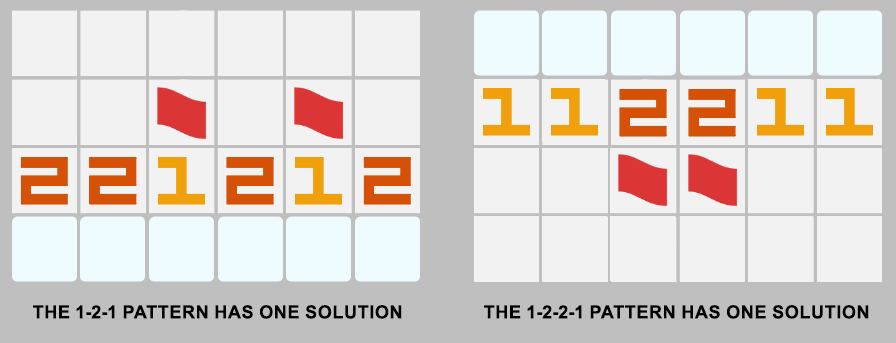
Time to Solve Minesweeper Patterns Like a Pro!
Patterns turn Minesweeper into a game of logic, not luck. By recognizing these formations and using smart flagging strategies, you’ll reduce mistakes, clear mines efficiently, and better your overall gameplay. Apply these techniques in your next game and watch your Minesweeper skills improve.










